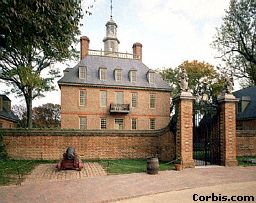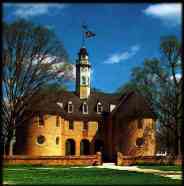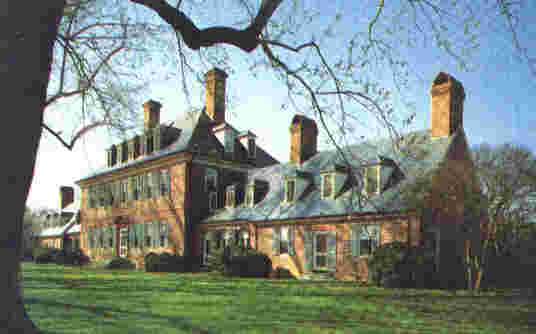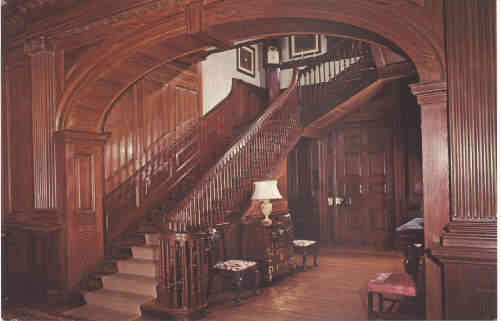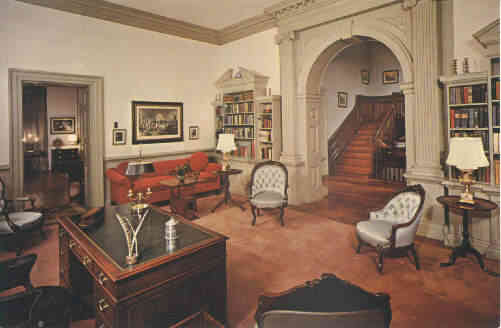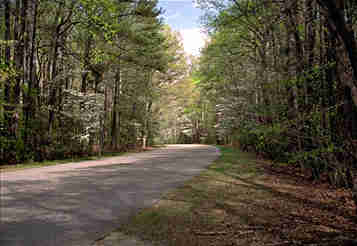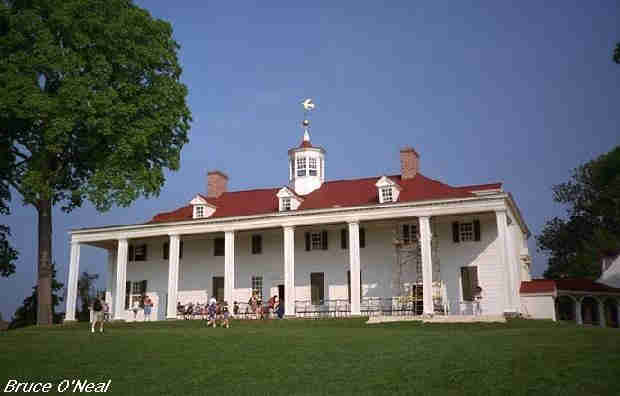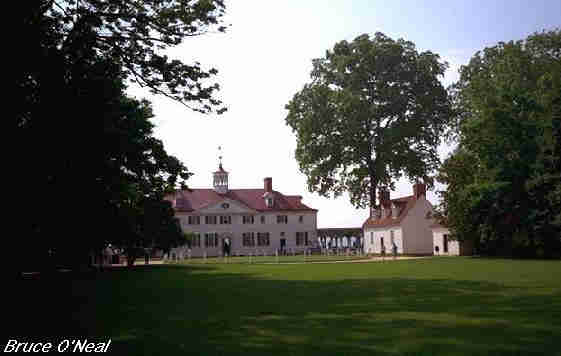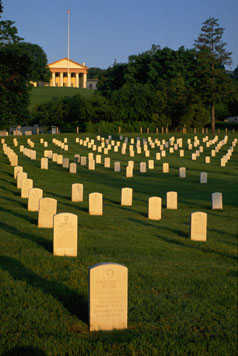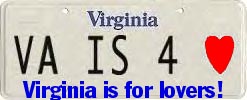That was an enjoyable ride, but what's happened? It's 1607 and we're in JAMESTOWN SETTLEMENT
On December 20, 1606, three merchant ships...Discovery, Godspeed and Susan Constant...set sail from England loaded with 104 men and boys charged with starting a settlement in the New World.On May 14, 1607, the three small ships arrived in Virginia, the place chosen was James Island, and set the course of American history.

The passengers, being "gentlemen", were ill-suited for the task of building the first permanent English settlement in America, pre-dating Plymouth, MA, by 13 years. The early years were extremely difficult ones and many were lost from lack of food, disease and occasional hostilities with local Indians.
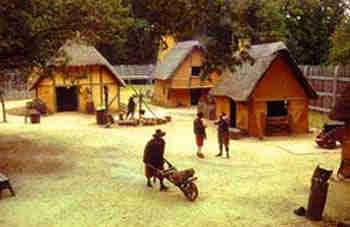
In time, more ships carrying more settlers arrived, and Jamestown became a bustling settlement. Hostilities with the Algonquin Indians, led by Chief Powhatan, ceased - at least, for a while - when his daughter, Pocahontas, married John Rolfe.The first representative assembly met in Jamestown in 1619 and it then served as the Capital of Virginia until 1699, when the capital was moved to Williamsburg.
Two events, which could have occurred hundreds of miles apart, but which, in fact, occurred on the same peninsula between the James and York Rivers, turned the world upside down. One of them was Jamestown. The other was...

THE BATTLE OF YORKTOWNThe drama of the American Revolution and the birth of a great nation comes alive at Yorktown, Virginia. It was the scene of George Washington's greatest triumph and the end of the American Revolutionary War with the surrender of the British.

The Battle of Yorktown began March 15, 1781. British General Cornwallis disobeyed orders and moved his battered army north to Virginia.

The Continental Army, fighting side by side with its French allies, soundly defeated Cornwallis, ending the fighting. America's battle for freedom was won!See, history isn't always boring. We're heading north now if everyone will get back in the Chevy to see the home of our first President.


